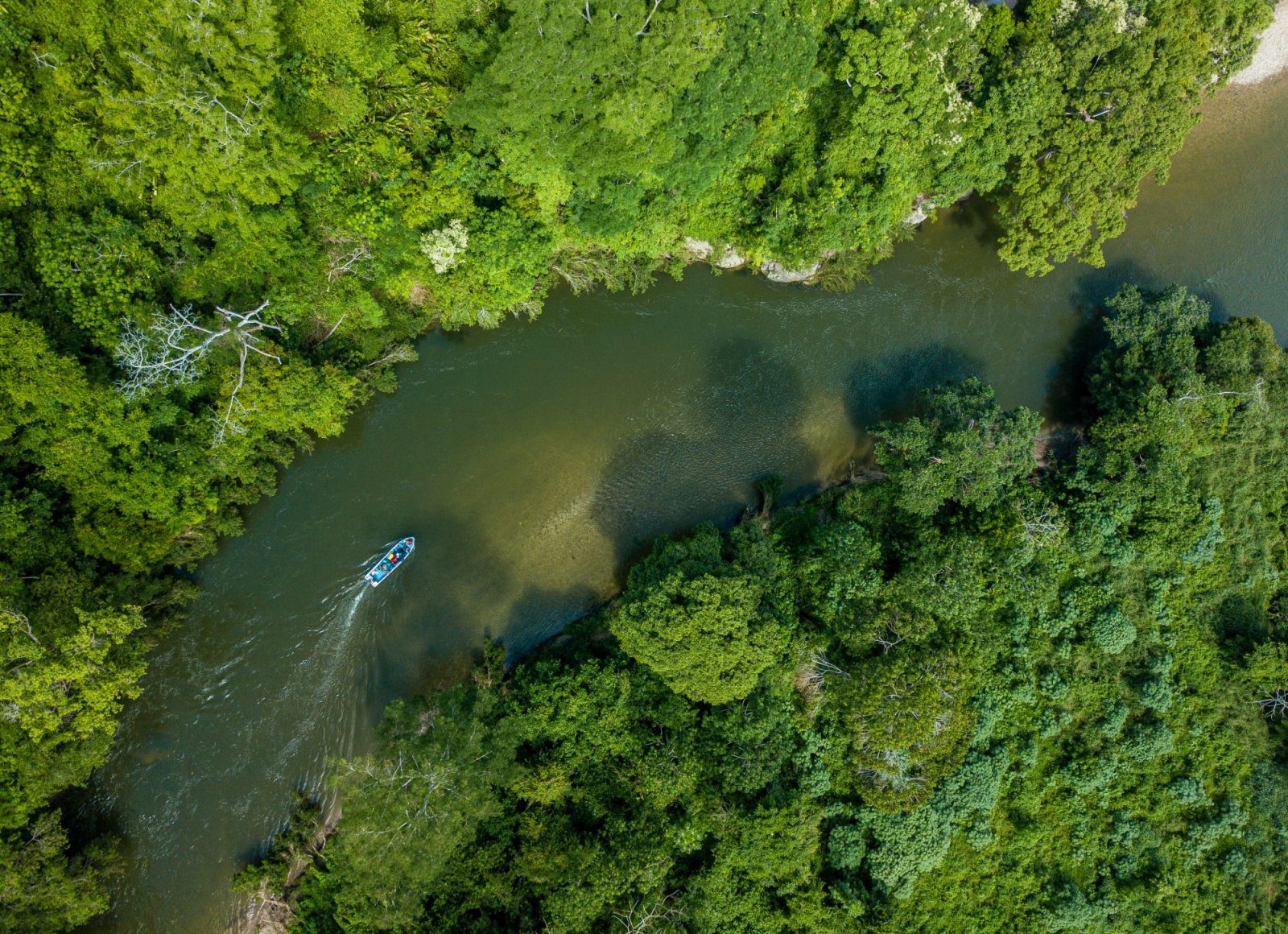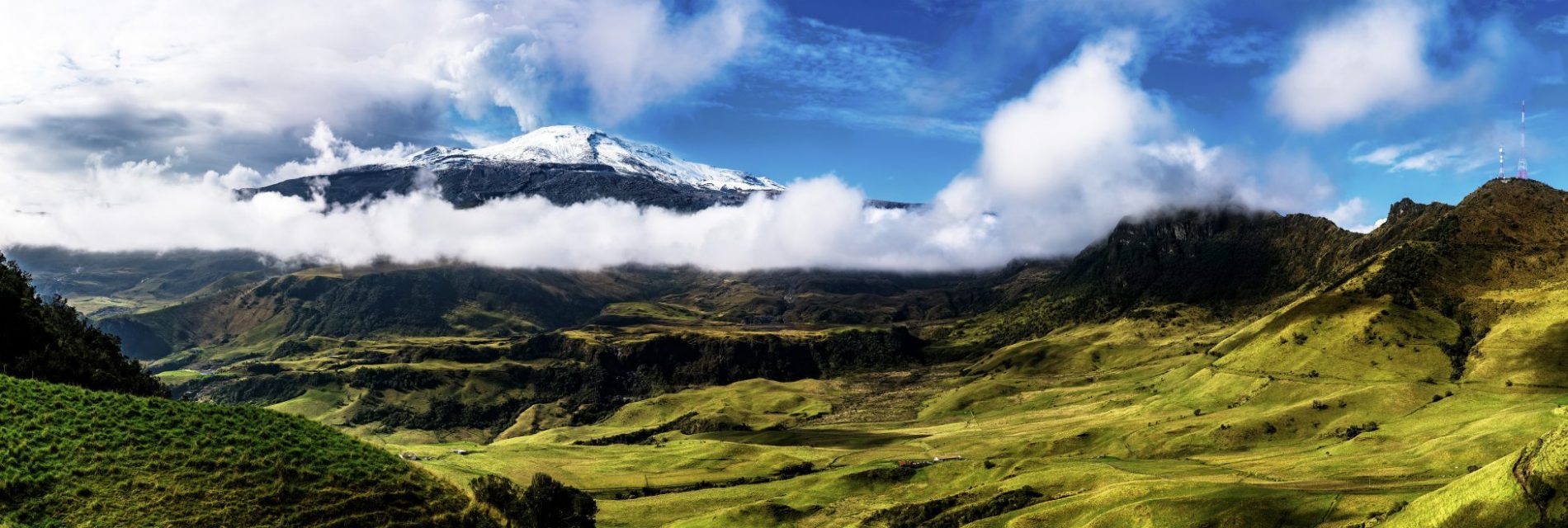
UNEXPECTED RICHES
Overshadowed by its neighbour Brazil, with its millions of square kilometres of Amazonian Rainforest, and not far from Costa Rica, a true sanctuary for flora and fauna alike, Colombia does not at first strike many as a country particularly rich in natural resources and biodiversity.
Colombia also has the greatest number of species per square kilometre.
And yet! Not only is it one of the 17 “megadiverse” countries (those with the greatest number of species in the world), Colombia also has the greatest number of species per square kilometre, and one in 10 of all species on Earth is found there! Here you will find more species of birds, butterflies and orchids than in any other country on the planet. Among the more than 50,000 animal and plant species officially recorded in Colombia, some 9,000 are endemic, meaning that they are found nowhere else. The numbers keep going up as more discoveries are made.
In 2018, the tiny frog Hyloscirtus japreria – barely three centimetres in size – joined the long list of batrachians to be found in Colombia. In 2015, another curious frog, Pristimantis macrummendozai, with yellow eyebrows and folds of skin that help it retain moisture, was discovered at high elevations in the Colombian Andes. And mammals are not to be outdone. In 2013, genetic analysis demonstrated that the olinguito, a small, omnivorous mammal sometimes called a “bear-cat”, is indeed a species in its own right.
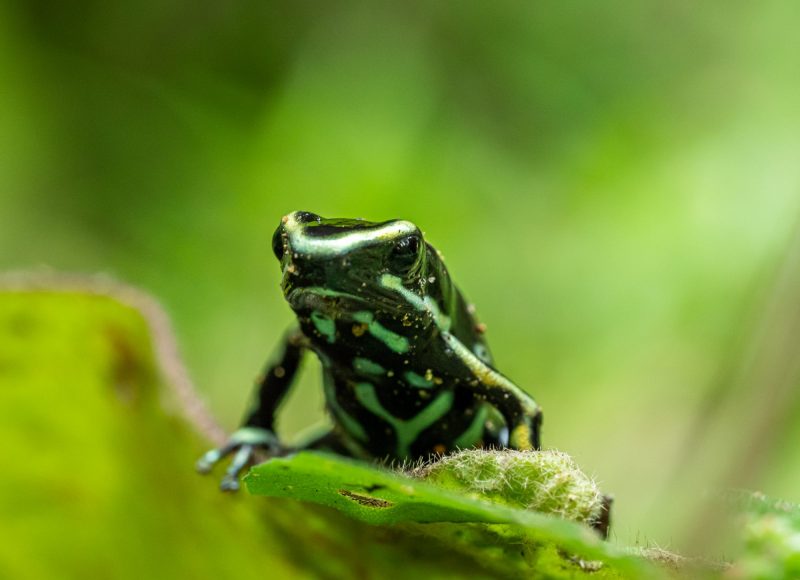
To understand why there is such a diversity of flora and fauna, we need to examine the great variety of landscapes – and therefore ecosystems – in the region. The fourth biggest country in South America, Colombia stretches from the Andes to the Amazon Basin. To the west is the tail end of Panama’s wetlands, home to species typical of Central America, while in the south-west we find the borders of the Amazon Rainforest. As for the Colombian Andes, they add unique, high-elevation biodiversity, such as the famous Andean condor, the biggest bird of prey in the world, with a wingspan of more than three metres. Lastly the tepuis – table-top mountains with sheer drops – play their part in upping the country’s number of endemic species, as creatures there have long been isolated from those that remained in the forests at the foot of these cliffs.But Colombia’s great biodiversity cannot be explained by its terrestrial riches alone. With close to a million square kilometres of territorial waters and a coastline 3,000 kilometres in length, Colombia is also a maritime nation.

What’s more, it is the only South American country that opens onto both the Pacific Ocean to the west and the Caribbean Sea to the north. Its many coastal and insular habitats provides shelter for an incredible number of marine species, with a huge diversity of marine mammals, fish and aquatic invertebrates. It is a massive playground for tracking Colombia’s exceptional biodiversity – much of which is yet to be discovered – using environmental DNA (eDNA).
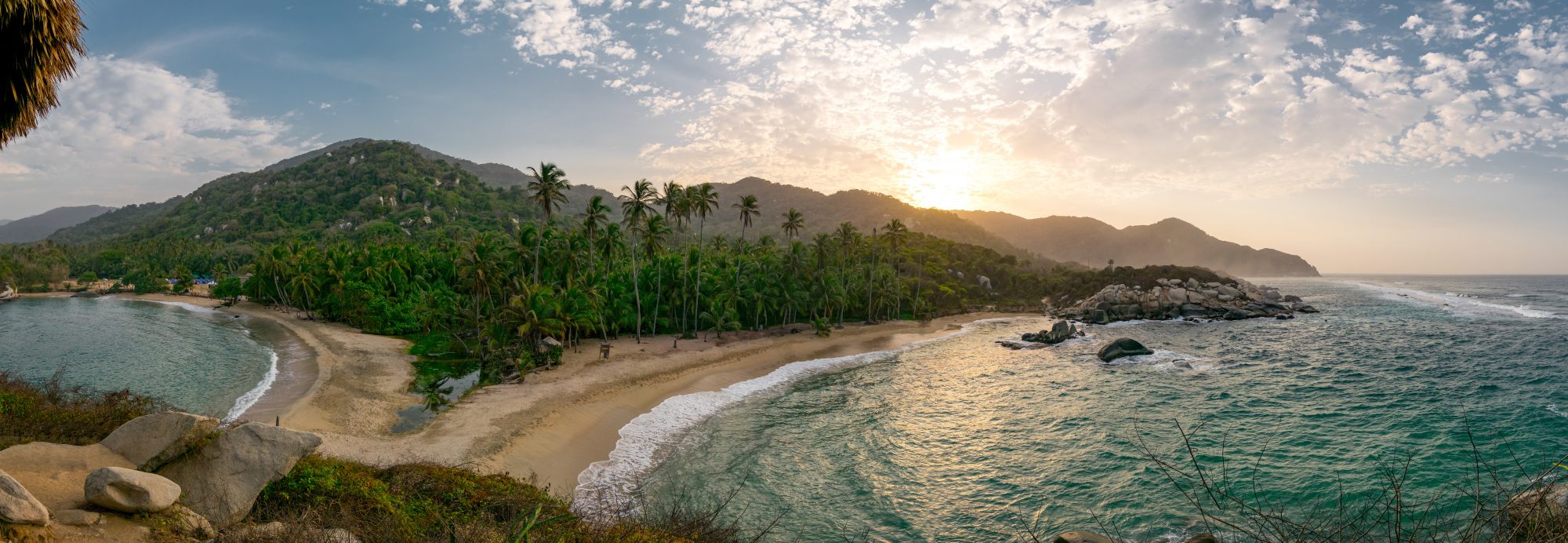
STUDYING IN ORDER TO BETTER PROTECT
Being home to incredible natural treasures is one thing; protecting them is another. While biological heritage is recognised by authorities as an important richness that should be taken into account in development policies, in practice this good intention often plays second fiddle to the reality on the ground and socio-economic challenges.
Before you can set about preserving any environment, you need to know what there is within it to protect…
The primary danger to Colombian biodiversity is deforestation. This problem has grown constantly for several years now, for logging, building new mines, or simply for accessing new land for arable and livestock farming. Colombia has rolled out an ambitious policy to limit deforestation and reclaim its forest cover.
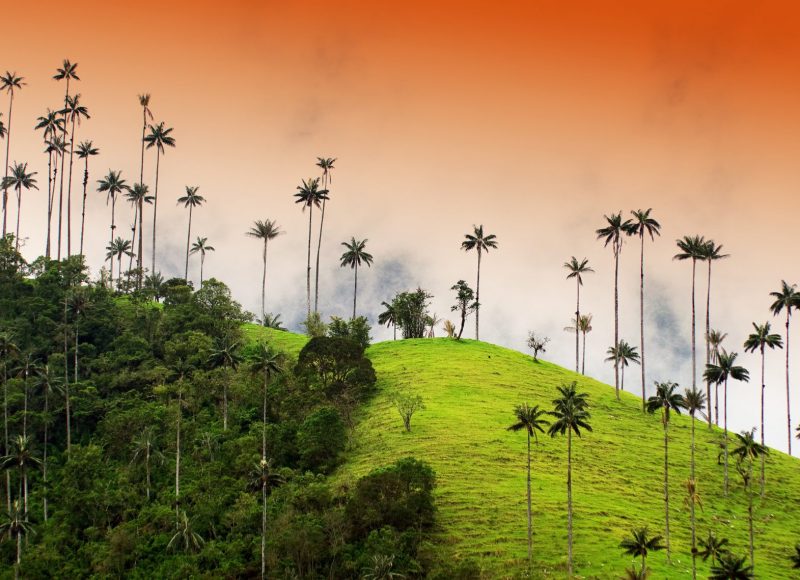
Large-scale deforestation not only leads to a loss of biodiversity and the silting up and pollution of rivers, it is also a fire hazard. In 2019 alone, more than 2,200 forest fires were reported in Colombia. That’s the highest figure in 20 years.Climate change and extreme temperatures are partly to blame for the recent surge in forest fires, but another culprit is slash-and-burn tactics used to clear land for agriculture. There are also other major threats such as direct attacks on fauna. These include poaching, the trafficking of trophy animals such as the cotton-top tamarin and the blue-headed parrot, and overfishing and the loss of habitats in marine ecosystems.

Fortunately, solutions exist for preserving the country’s many natural riches. One thing to look at would be improved land management by working with local communities. For example, there are ways of encouraging agroforestry in coffee and cacao plantations and of limiting mass tourism to better control the positive effects of ecotourism on the country.
But the first step to finding a balance between economic growth and preserving the environment is to carry out an inventory of land and marine biodiversity. Before you can set about preserving any environment, you need to know what there is within it to protect. It represents a complex task in such a large and diverse country, but fortunately those carrying it out can now use eDNA. This tool could prove to be particularly suitable for drawing up a quick inventory of biodiversity, as well as monitoring it over the long term in order to steer conservation policies in the right direction.
eDNA has already been tested in Colombia to catalogue mammals, birds and fish as part of various recent expeditions in zones of exceptional biodiversity, such as Malpelo and the Sierra Nevada of Santa Marta. These are promising first steps, nudging Colombia ever closer to better knowledge of her inner riches – knowledge that is vital to enabling sustainable management.
© Manuel Spescha
